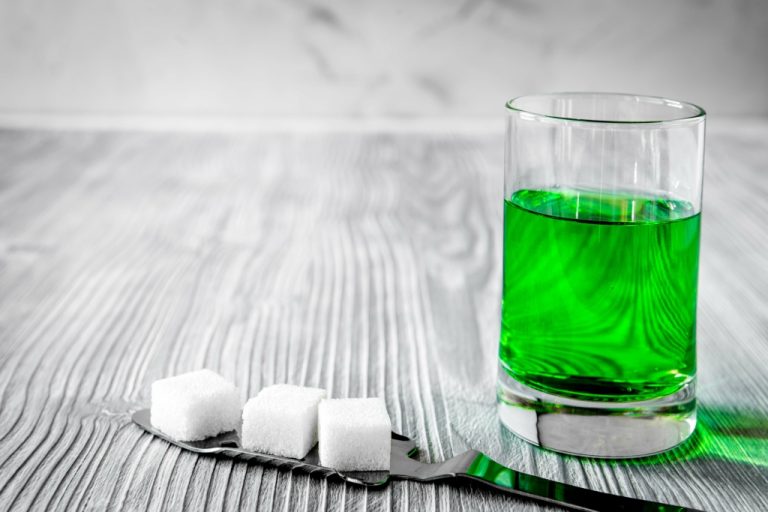Alcohol affects the brain and every part of the body on a cellular level. In addition to being the most commonly abused drug, alcohol is probably the most dangerous drug. Although being drunk can feel fun to begin with, it is a sign that alcohol has temporarily changed how the brain functions.
- Understanding the different levels of intoxication is important for both individuals who consume alcohol and those around them.
- These facts about the stages of drunkenness are, therefore, a sobering antidote to the notion that “getting drunk” is a harmless form of social entertainment.
- This is the period where many people continue drinking in excess to get rid of drowsiness since alcohol is a central nervous system depressant.
- In most U.S. states, a .08 percent BAC is the legal limit for drivers at least 21 years old, which is the legal drinking age.
Reset Your Mind: Benefits of Inpatient Mental Health Care

Some people are prone to doing crazy stunts when they get drunk. Knowing the difference between being drunk vs tipsy is key to safe drinking. Tipsy individuals often feel lighter and more sociable, while drunk individuals face serious impairments. Always be mindful of how much you consume and make choices that keep you and others safe. Your coordination and judgment might be slightly affected, impacting motor skills and decision-making. However, you can typically maintain control and assess your limits.
What does tipsy drunk feel like?

You wake up in the morning with a pounding headache, sick to your stomach, with some unidentifiable sauce all over your face. You check your phone to see thirty new numbers in it of people who you have never heard of. You remember that “cutie” from the bar and your stomach starts to hurt even worse. After eating half of your body weight, you slip https://chillcart.co/2021/09/01/celebrating-sobriety-honoring-a-loved-ones/ into food coma.

Lowered Inhibitions
It simply means that individuals with higher tolerance may require larger quantities of alcohol to experience the same effects. For individuals with Alcoholism, their actual brain is addicted to the drug. Plus the more someone drinks, the more they need to feel the desired effects what does being tipsy feel like like euphoria and pleasure, increasing their chances of alcohol poisoning or death. Like drinking, Alcohol Use Disorder is common, and NSDUH estimates that 14.5 million people over the age of 12 have had the disorder. In the stupor stage, the person’s central nervous system is heavily suppressed, leading to impaired motor function and dangerously slow or irregular breathing. At this point, their movements may become erratic or nearly nonexistent as they struggle to move or communicate.
- Generally, women may feel tipsy after 1-2 drinks, while men may need 2-3 drinks.
- Most of us know someone who goes from quiet and reserved to extremely touchy-feely when they are drunk.
- An average person can get drunk after four to five shots of alcohol.
- Even after you stop drinking, alcohol continues to affect your brain and body until it’s fully metabolized.
- What stage is typically reached when you or your loved one consumes alcohol?
This is a critical medical emergency requiring immediate intervention, such as intravenous fluids, oxygen therapy, or even resuscitation. Time is of the essence, as alcohol poisoning at this stage can quickly lead to irreversible damage or death if professional help is not sought right away. One of the initial emotional effects of being drunk is an increase in confidence and sociability. Alcohol stimulates the release Alcoholics Anonymous of neurotransmitters like dopamine and serotonin, which contribute to feelings of euphoria and reduced social anxiety. This can make individuals feel more outgoing and willing to engage in conversations and activities they might normally avoid.